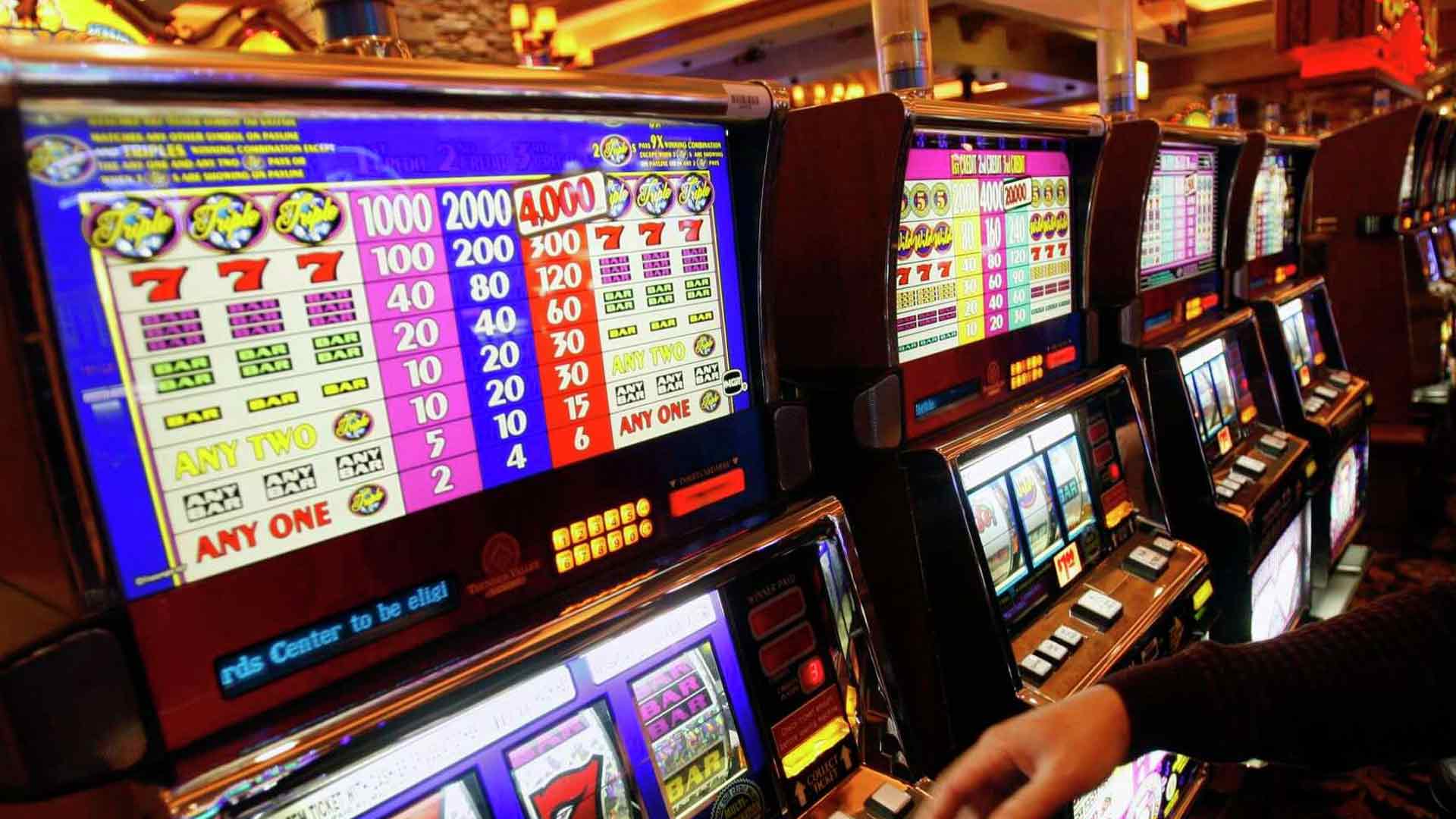Casinos and the Architecture of Illusion

Casinos and the Architecture of Illusion
The allure of the casino is undeniable. From the moment you step through its doors, you are transported into a realm designed to captivate, to excite, and, most importantly, to encourage you to part with your money. This meticulously crafted experience is not accidental; it is the product of deliberate architectural choices, a symphony of design elements that work in concert to create an environment of unparalleled illusion.
At its core, casino architecture is an exercise in manipulating perception. Forget the notion of simply building a place to house slot machines and card tables. Instead, think of it as constructing a gilded cage, one that is so opulent and distracting that the inmate, the patron, rarely considers the bars. The very layout of a casino is a masterclass in controlled navigation. Forget intuitive pathways. Instead, you'll often find yourself meandering through a labyrinth of gaming floors, the path to the exit deliberately obscured. This isn't to trap you, but to ensure you remain immersed in the gaming environment for as long as possible. The longer you stay, the more likely you are to play, and consequently, the more likely you are to lose.
Color plays a pivotal role in this architectural illusion. While early casinos might have shied away from overt displays, modern establishments embrace vibrant and often garish color schemes. Reds and golds are prevalent, hues traditionally associated with wealth, luxury, and excitement. These colors are psychologically stimulating, designed to heighten your senses and create an atmosphere of anticipation. The lighting, too, is a critical component. Casinos are notorious for their lack of natural light. Windows are often absent or strategically placed to prevent any connection with the outside world. Instead, artificial lighting is employed to create a perpetual twilight, a state where time seems to lose its grip. The absence of clocks and external visual cues further reinforces this temporal disorientation, allowing patrons to become fully engrossed in the present moment, the thrill of the game.
The sounds of the casino are equally engineered. The constant chime of slot machines, the murmur of excited conversation, the gentle clinking of glasses – all these auditory elements contribute to a pervasive sense of activity and potential reward. It’s a carefully orchestrated soundscape designed to be both stimulating and soothing, a backdrop that encourages continued engagement. There's a distinct absence of silence, as silence can often lead to introspection, and introspection can lead to a realization of the odds stacked against you.
Consider the layout of the gaming floor itself. The most popular games, particularly the high-energy slot machines, are often placed in prominent, high-traffic areas, drawing you in with their flashing lights and enticing sounds. Less immediately thrilling games, like blackjack or roulette, might be relegated to quieter corners, though still strategically positioned to be easily discovered. The flow of patrons is carefully managed, creating a sense of constant motion and energy, even during quieter periods. This creates a subtle psychological pressure to participate, to be part of the action.
The very design of the gaming tables is also a reflection of this architecture of illusion. The felt surfaces are often plush and inviting, the lighting focused to highlight the cards and chips. The dealers themselves are trained to be engaging and to maintain a consistent, professional demeanor, contributing to the overall polished and sophisticated atmosphere. Even the shape of the tables can influence play, encouraging interaction and a sense of community among players.
Furthermore, the integration of technology has elevated casino architecture into an even more sophisticated art form. High-definition screens, immersive sound systems, and interactive elements on slot machines are all designed to create an unparalleled sensory experience. These technological advancements further blur the lines between the physical and the virtual, enhancing the illusion of control and the promise of fortune. For those looking to experience the thrill of these digital landscapes, resources like m88 asia slot offer a gateway to a world of online gaming, mirroring some of the same psychological triggers employed in their physical counterparts.
In essence, casino architecture is not just about building structures; it’s about constructing an experience. It is a deliberate manipulation of our senses, our emotions, and our perceptions to create an environment where the pursuit of pleasure and fortune can eclipse rational thought. The illusion is powerful, and it is the masterful execution of this architectural illusion that underpins the enduring success of the casino.